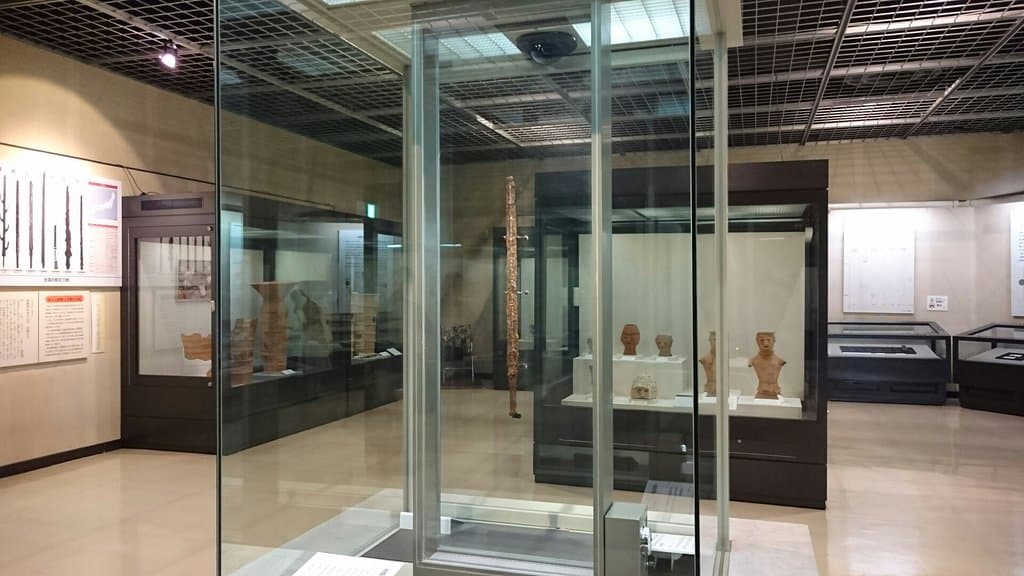
Sakitama Ancient Burial Mounds Museum
Explore ancient Japan's power and artistry at the Sakitama Kofun Cluster and its museum, home to national treasures.
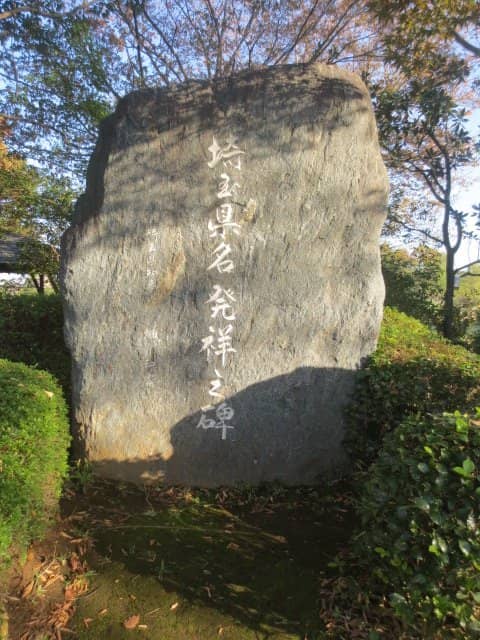
Highlights
Must-see attractions
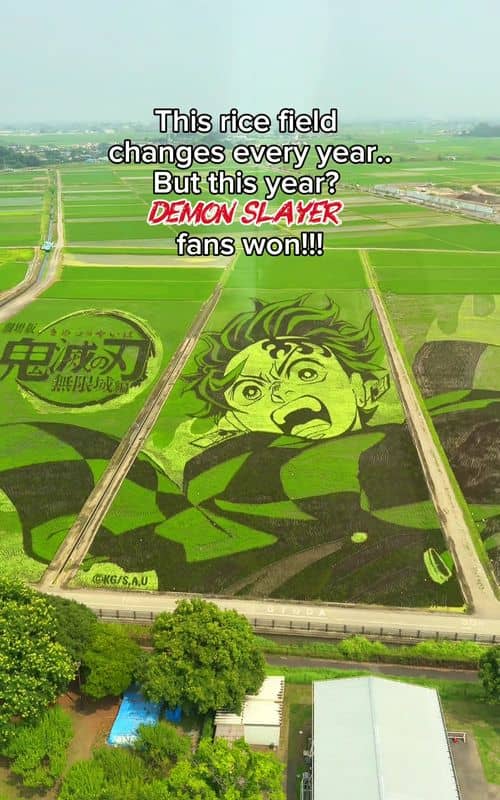
Social
From TikTok & Reddit
Best Time
Fewer crowds, more peaceful exploration.

Sakitama Ancient Burial Mounds Museum
Best Time
Fewer crowds, more peaceful exploration.

Highlights
Must-see attractions
Explore ancient Japan's power and artistry at the Sakitama Kofun Cluster and its museum, home to national treasures.
"Amazing place, very reminiscent of Cahokia Mounds. A bit of a trek, would recommend either timing the bus or using a taxi service."
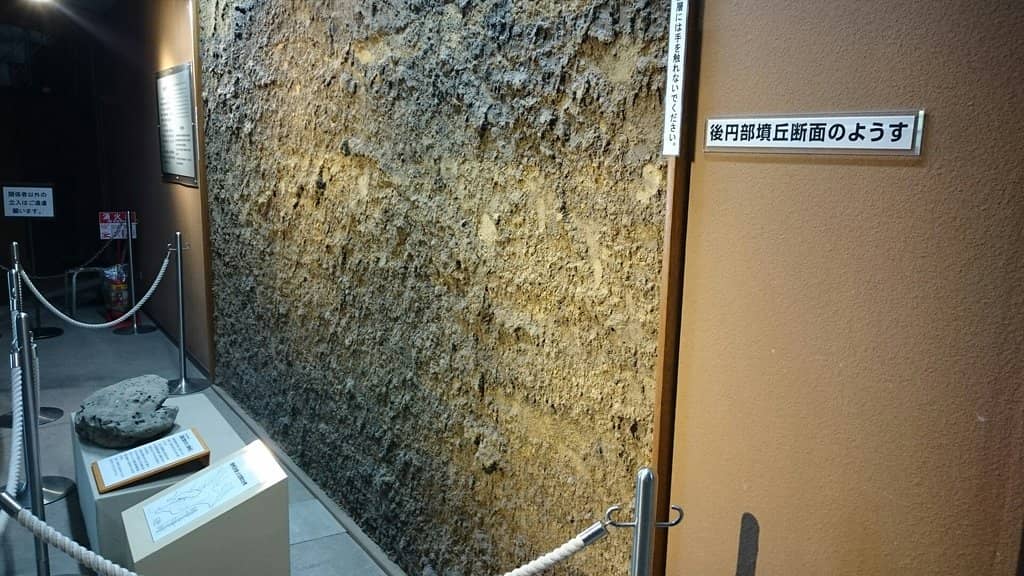
Plan Your Transport 🚌
Buses can be infrequent; consider taxi for convenience.
Multilingual Exhibits 🗣️
Most exhibits have descriptions in English, Korean, and Chinese.
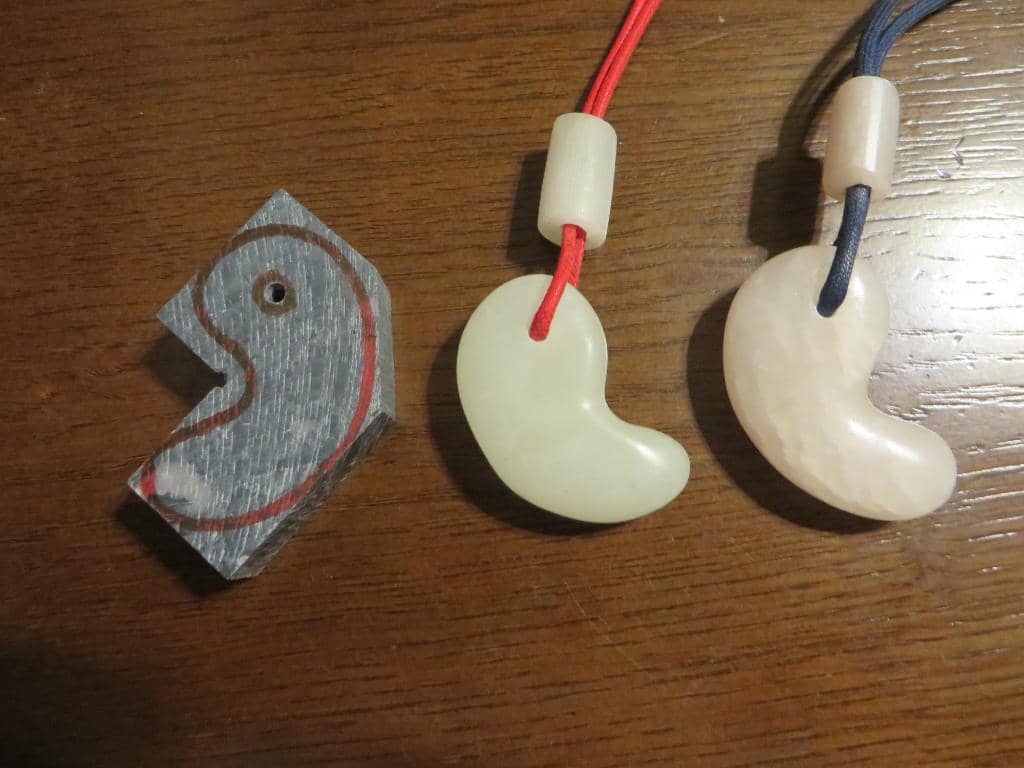
Highlights
Discover the most iconic attractions and experiences

National Treasure Sword
Permanent Exhibition
Marvel at the gold-inlaid iron sword, a stunning national treasure from ancient Japan.

Magatama Beads
Permanent Exhibition
See intricately crafted magatama beads, ancient comma-shaped jewels with deep historical significance.
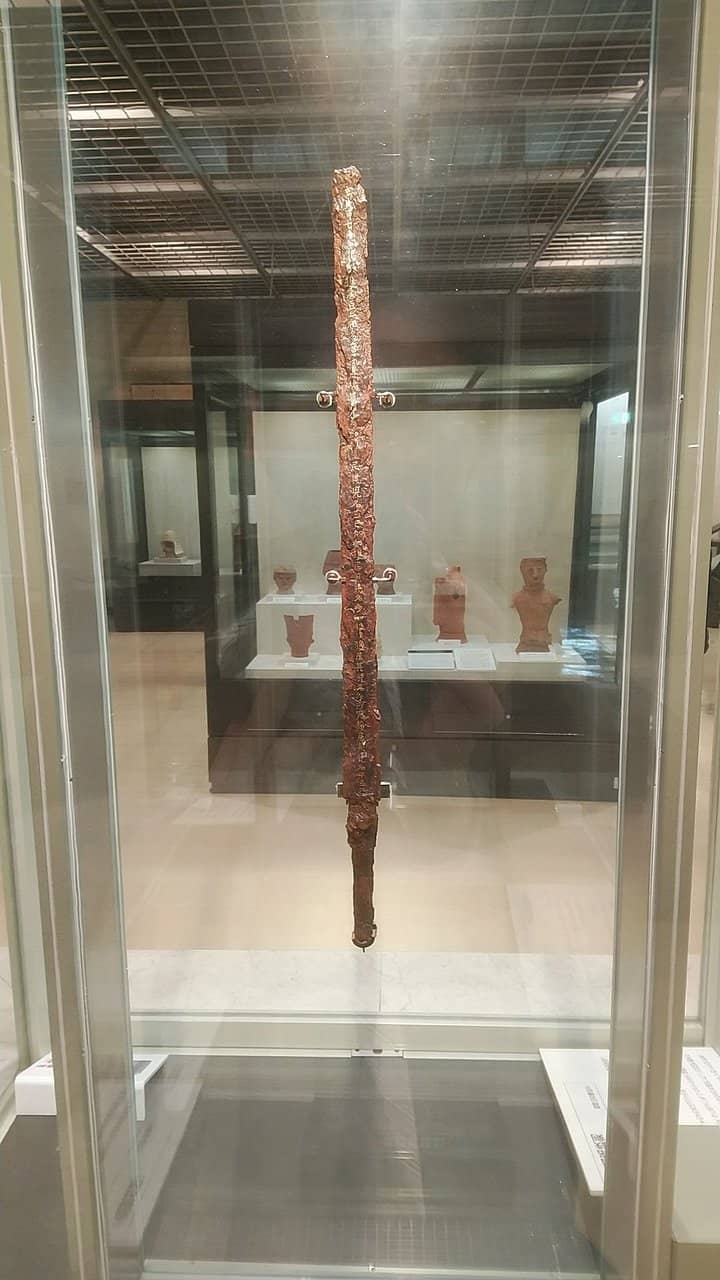
Haniwa Clay Figures
Permanent Exhibition
Discover a variety of haniwa, ancient clay figures that offer insights into burial rituals.
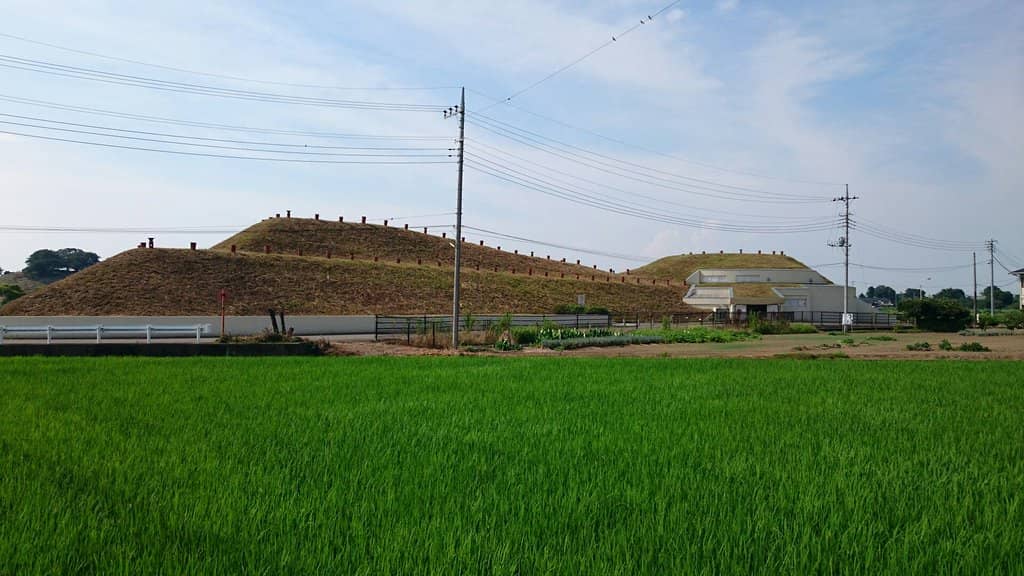
Sakitama Kofun Cluster
Museum Grounds
Explore the ancient burial mounds themselves and even walk on the side of one for a unique perspective.
Plans like a pro.
Thinks like you
Planning Your Visit
Getting There: Plan Your Journey
Unearthing History: What to Expect
Best Times
Insider Tips
from TikTok, Instagram & Reddit
Plan Your Transport 🚌
Buses can be infrequent; consider taxi for convenience.
Multilingual Exhibits 🗣️
Most exhibits have descriptions in English, Korean, and Chinese.
Stone Jewel Workshop 💎
Make your own stone jewel necklace for a small fee.
Explore the Mounds 🌳
Don't miss walking on the ancient burial mounds surrounding the museum.
Tips
from all over the internet
Plan Your Transport 🚌
Buses can be infrequent; consider taxi for convenience.
Multilingual Exhibits 🗣️
Most exhibits have descriptions in English, Korean, and Chinese.
Stone Jewel Workshop 💎
Make your own stone jewel necklace for a small fee.
Explore the Mounds 🌳
Don't miss walking on the ancient burial mounds surrounding the museum.
Check Special Exhibitions 📅
Saitama Prefecture ruins are often featured, offering unique insights.
What Travellers Say
Reviews Summary
Visitors find the Sakitama Ancient Burial Mounds Museum to be an educational and worthwhile destination, particularly for its collection of national treasures like the gold-inlaid sword and magatama beads. The opportunity to explore the ancient burial mounds adds a unique dimension to the visit. Some travelers noted that more detailed information on the construction of the mounds would be beneficial, and the journey can be a bit of a trek.
"This is a very educational little museum. Most of the exhibits had Japanese, English, Korean and Chinese descriptions. Really amazing the age of the artifacts on exhibit. There's a workshop room where you can make a stone jewel necklace for a few hundred yen."
Paul Richardson
"Good place to learn about archeology. You can clearly see what is in the Kofuns, and even walk in the side of one. The museum is small but has some high quality artifacts"
Andrew Thompson
"Amazing place, very reminicent of Cahokia Mounds. A bit of a trek, would recommend either timing the bus or using a taxi service.
The museum gets 4 stars because they did not have the level of information I was expecting about the details of how the sites were constructed. Not sure if the issue is that academics do not know, or the person I asked at the museum did not know. (Questions like, how did they bring stones all the way from Tokyo bay, how they seemed to chip/smooth the stones, what the insides of the mounds are filled with)
If you have any interest in archeological sites, it is worth visiting."
Joe Soraghan
What People Like
What People Dislike
Frequently Asked Questions
🚇 🗺️ Getting There
The museum is a bit remote. Public transport involves timing local bus routes carefully. Some visitors recommend using a taxi for a more direct and convenient journey, especially if bus schedules are not favorable.
Yes, it is accessible by public transport, primarily via bus. However, it's advisable to check the latest bus schedules as they can be infrequent.
If you're not driving, planning your bus connections is essential. Alternatively, a taxi service can provide a more straightforward route, though it will be more expensive.
While not explicitly mentioned in reviews, historical sites often have parking. It's best to check the official museum website for the most up-to-date information on parking availability and any associated fees.
Travel time will vary significantly depending on your starting point and mode of transport. It's recommended to use a journey planner for real-time estimates, but expect it to be a significant travel commitment from Tokyo.
🎫 🎫 Tickets & Entry
Opening hours can vary, and it's always best to check the official museum website for the most current information before your visit. This ensures you don't arrive to find it closed.
Admission fees are generally quite reasonable, especially considering the historical significance of the artifacts. The museum also offers a workshop for making stone jewel necklaces for a few hundred yen.
For general admission, advance booking is typically not required. However, if you plan to participate in any special workshops or events, it's wise to inquire about reservation policies.
Information on specific discounts is not widely available in reviews. It's recommended to check the museum's official website or inquire upon arrival about potential discounts for students, seniors, or groups.
The burial mounds are part of the museum grounds and the surrounding park. While you can explore the park area, access to the museum exhibits requires an admission ticket.
🎫 🏛️ Onsite Experience
The museum boasts national treasures like a gold-inlaid iron sword, mirrors, magatama beads, and haniwa clay figures. You can also explore the actual Sakitama Kofun Cluster burial mounds.
Yes, the museum can be educational for children, especially with the visual exhibits of artifacts and the opportunity to explore the burial mounds. The stone jewel necklace workshop is also a fun activity.
Given its size, a visit to the museum itself might take 1-2 hours. However, if you plan to thoroughly explore the surrounding burial mounds and park, you could easily spend half a day.
Information on guided tours is not readily available in reviews. It's advisable to check the museum's official website or inquire at the information desk upon arrival for any available tour options.
Some visitors have noted that detailed information on the construction methods of the mounds, such as stone transportation and filling materials, might be limited.
📸 📸 Photography
Photography policies can vary in museums. It's generally recommended to look for signage indicating where photos are permitted or prohibited. Flash photography is often restricted to protect artifacts.
The exterior of the burial mounds and the surrounding park offer scenic photo opportunities. Inside, focus on capturing the impressive artifacts like the sword and magatama beads, respecting any no-photography zones.
While general photography might be allowed, there could be restrictions on photographing specific national treasures to ensure their preservation. Always adhere to museum guidelines.
Yes, walking on the side of one of the kofuns provides a unique perspective and a great photo opportunity, allowing you to visualize the scale of these ancient structures.
A versatile camera with good low-light capabilities would be beneficial for indoor exhibits. For the outdoor mounds, a wider lens can capture the landscape effectively.
For Different Travelers
Tailored advice for your travel style
👨👩👧 Families with Kids
While the museum is educational, consider supplementing the visit with stories or visual aids about the Kofun period to make the exhibits more relatable for children. The multilingual descriptions on exhibits are also helpful for diverse families.
🏛️ History Buffs & Archeology Enthusiasts
While the museum is praised for its high-quality artifacts, some enthusiasts might find the details on mound construction less comprehensive than desired. However, the site's authenticity and the rarity of the displayed treasures make it a valuable destination for serious historical study and appreciation. Visiting during special exhibitions, which often focus on regional ruins, can offer even more specialized insights.
Deep Dives
In-depth insights and expert knowledge
The Sakitama Kofun Cluster: A Glimpse into Ancient Power
While the museum provides context, some visitors express a desire for more in-depth information regarding the construction techniques. Questions about how massive stones were transported from distant locations like Tokyo Bay, the methods used for shaping and smoothing these stones, and the composition of the mound interiors remain areas of curiosity for some.
Despite these queries, the sheer age and scale of the kofuns are awe-inspiring. The surrounding park is also described as beautiful and offers a peaceful environment for reflection on the historical significance of the site.
National Treasures: Unveiling Sakitama's Riches
Beyond the sword, the museum also displays other significant national treasures, including various mirrors and magatama beads. These comma-shaped jewels were not only decorative but also held symbolic and ritualistic importance, often associated with status and spiritual power. The collection of haniwa (clay figures) further enriches the visitor's understanding of burial customs and the beliefs of ancient Japanese society.
It's worth noting that a replica of the gold-inlaid iron sword is often on display, with the original scheduled for unveiling at specific times, such as around spring. Checking the museum's announcements for such special displays can enhance your visit.
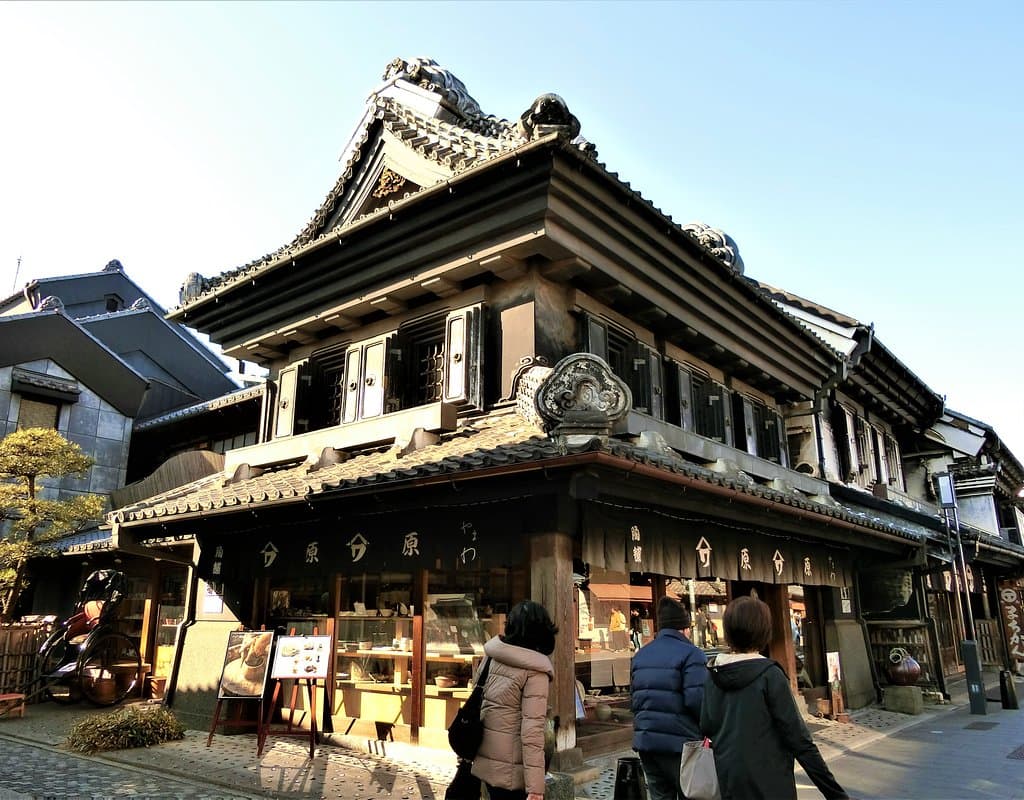
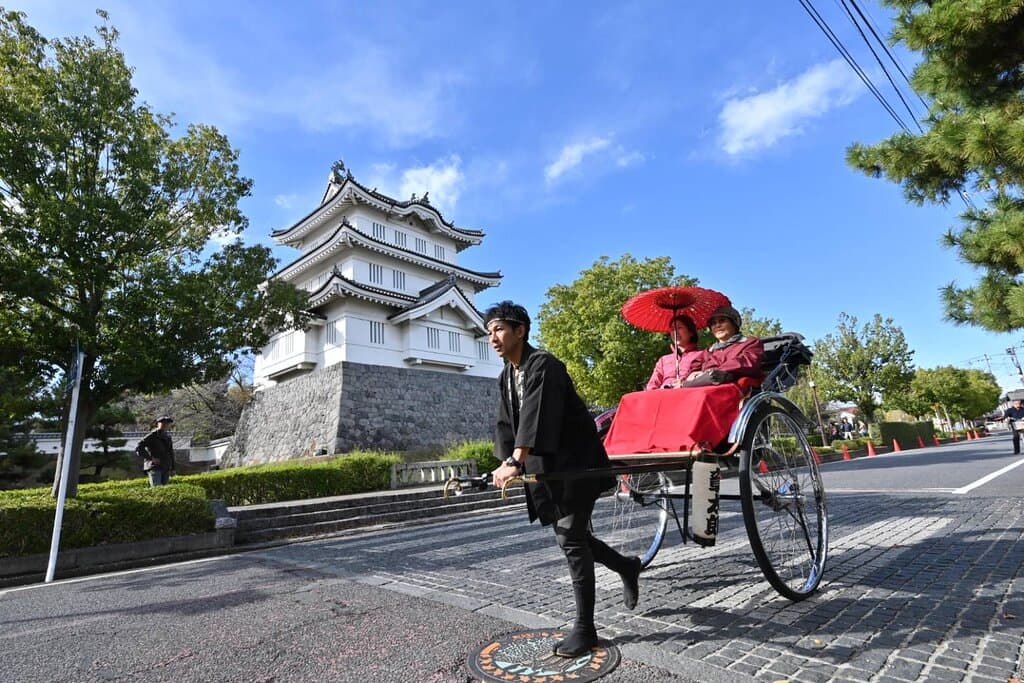
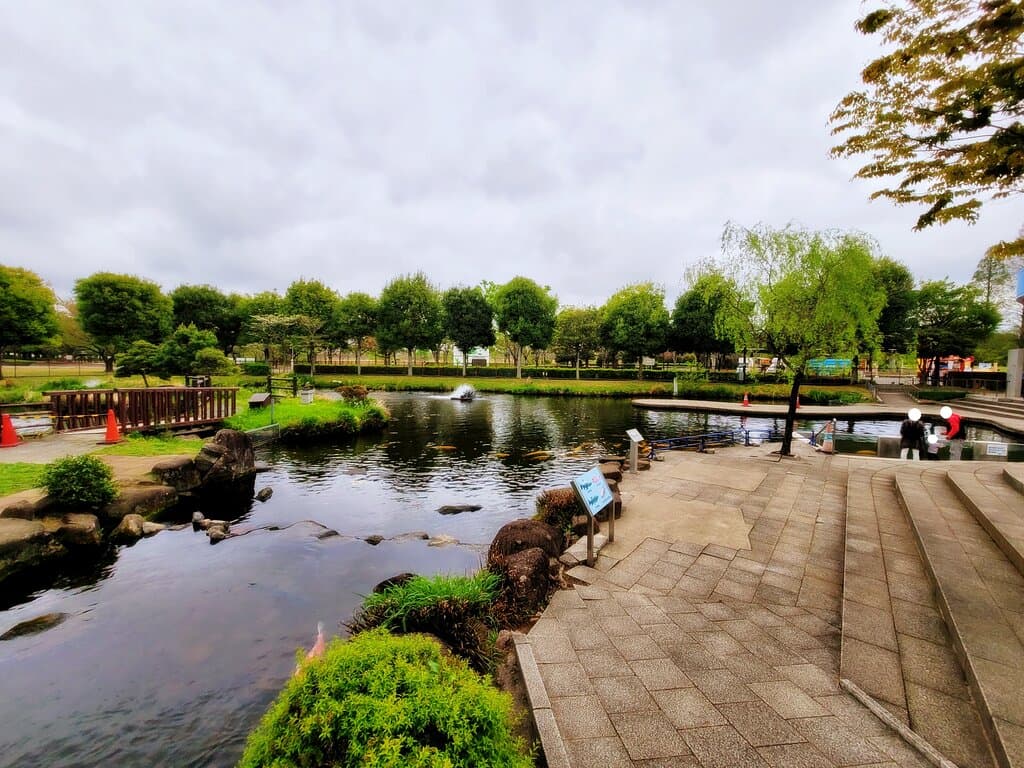
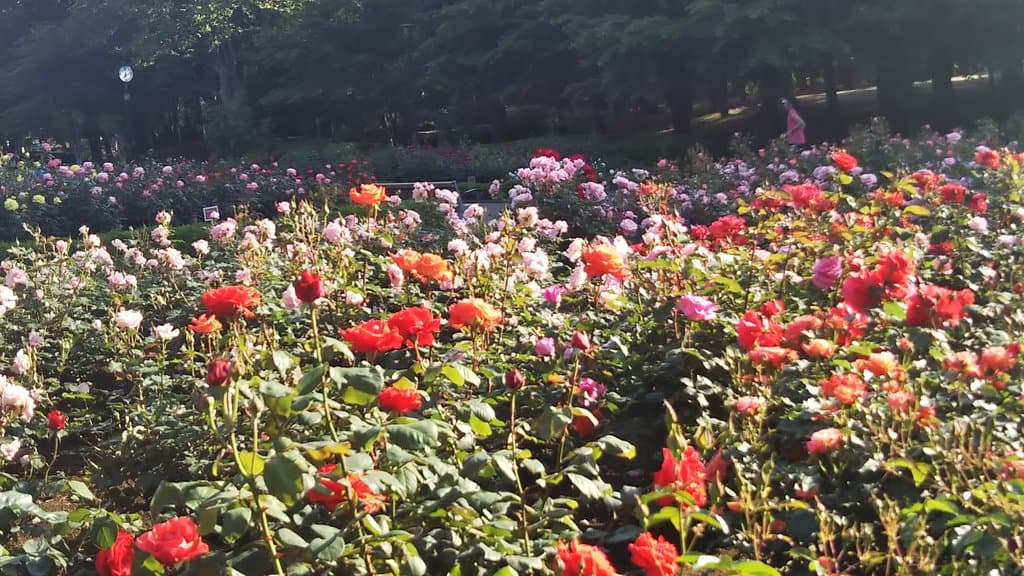
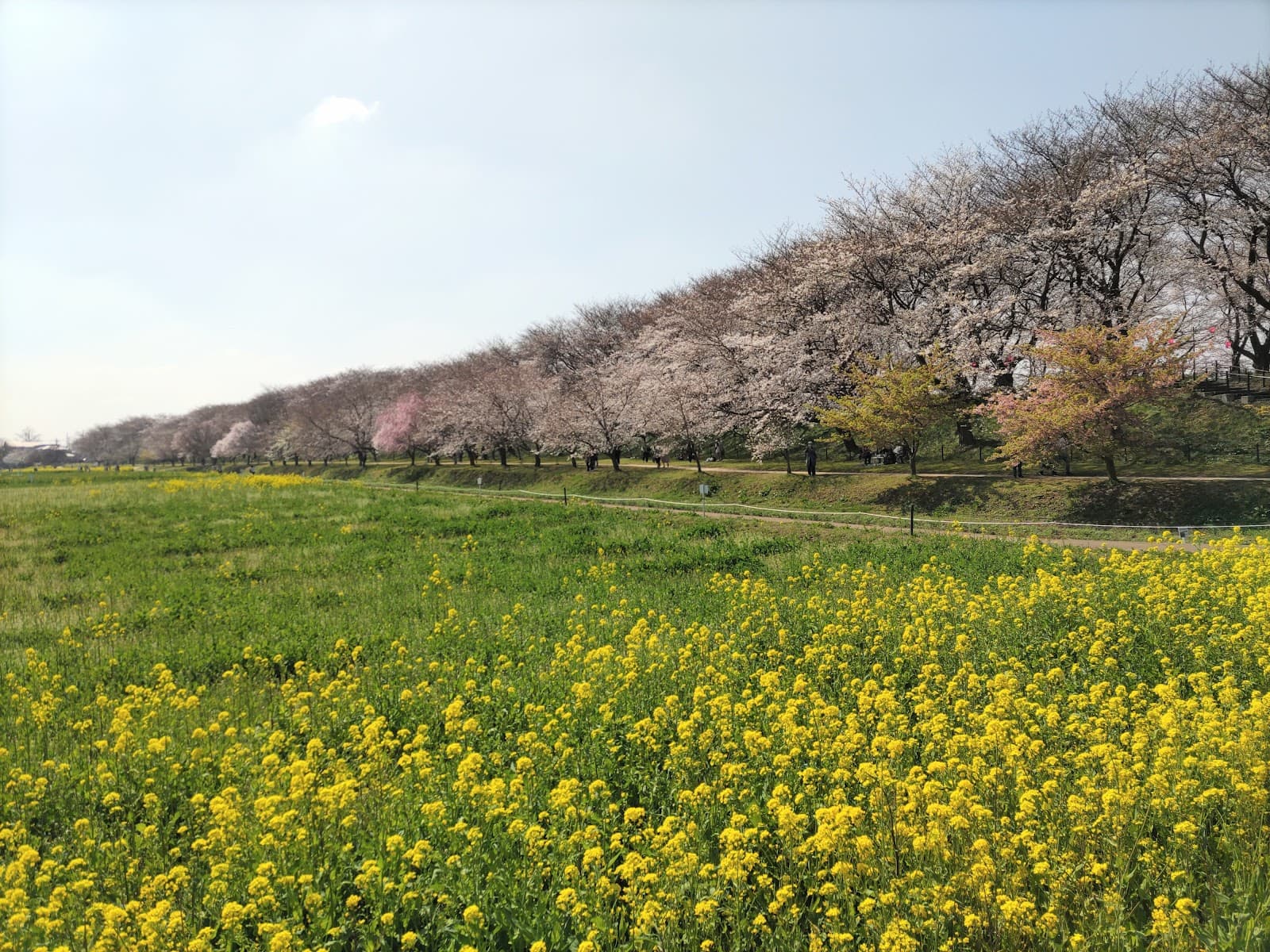
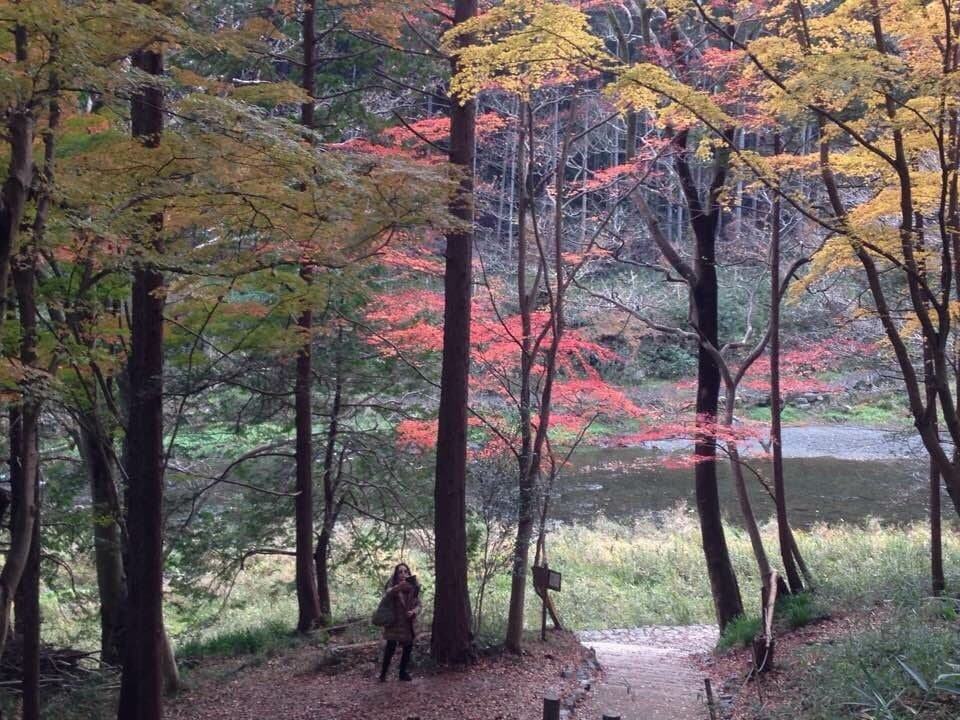
Social
from TikTok, Instagram & Reddit